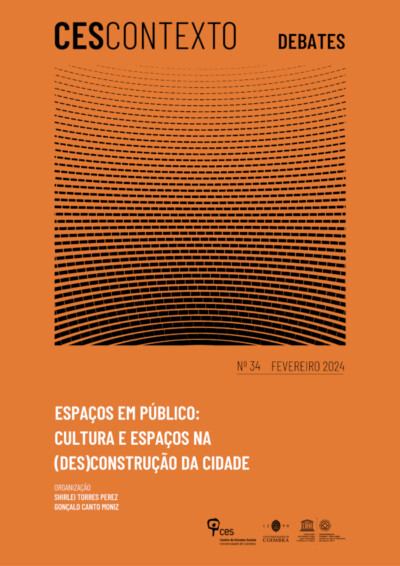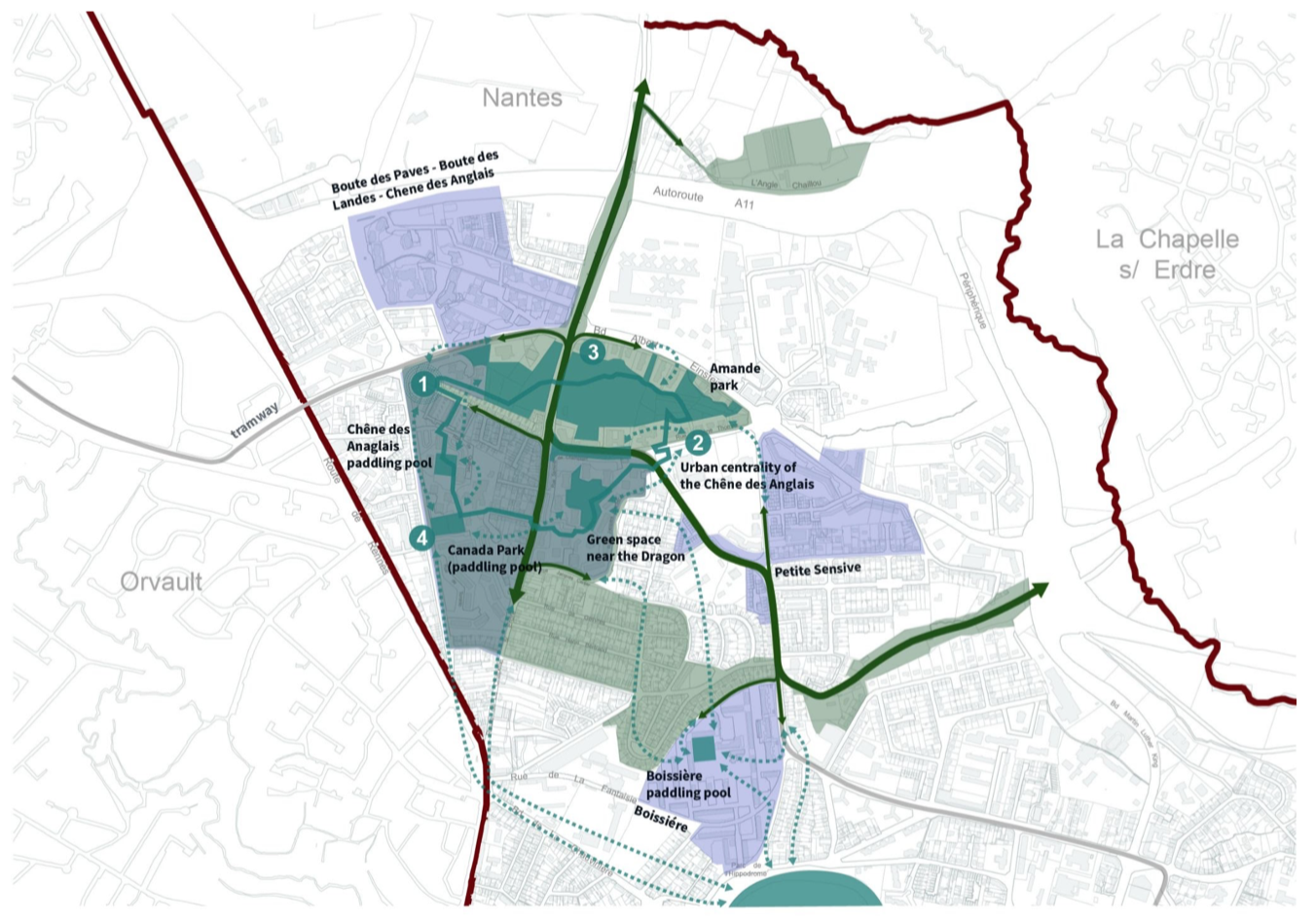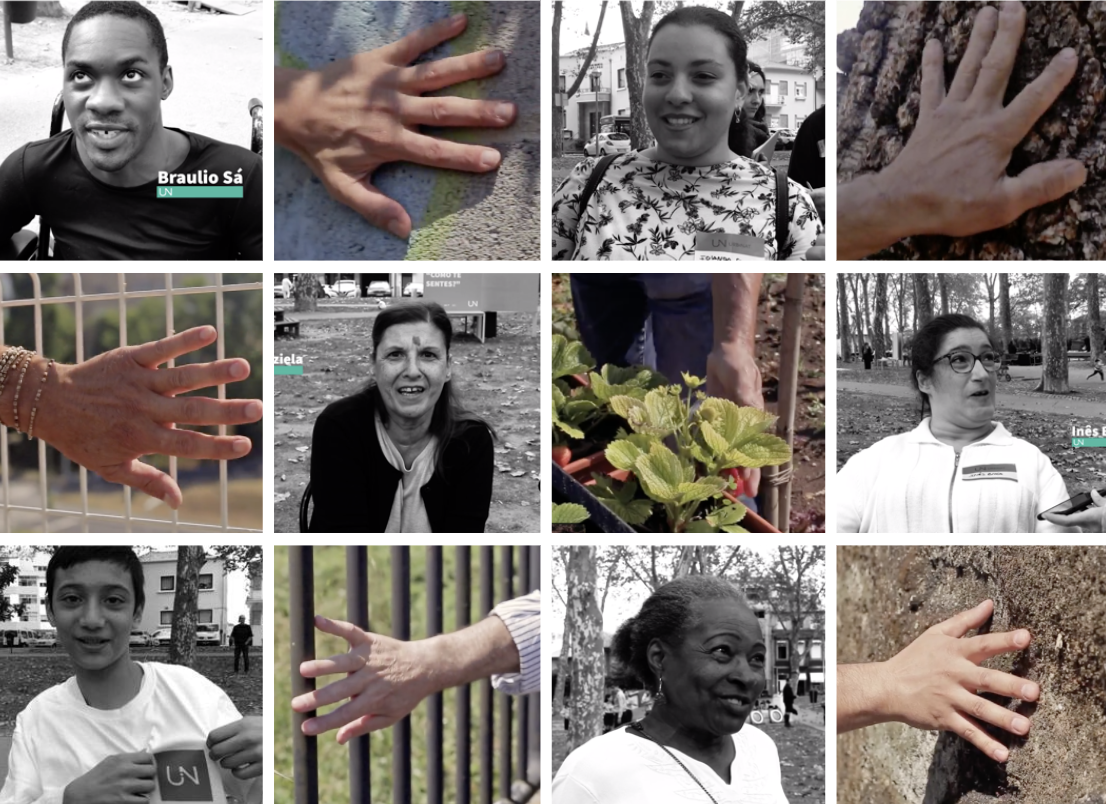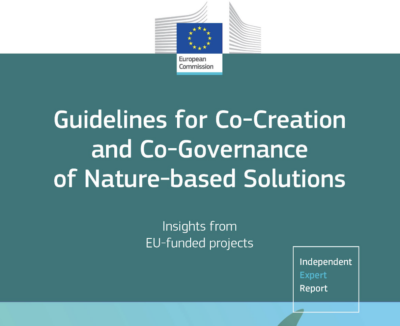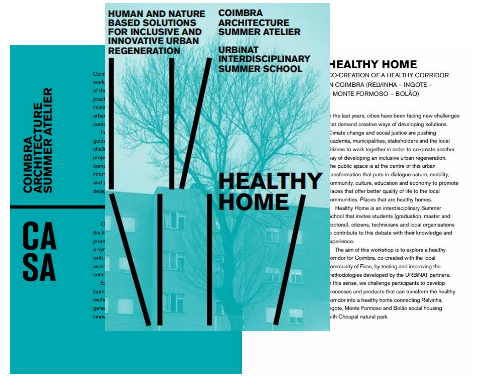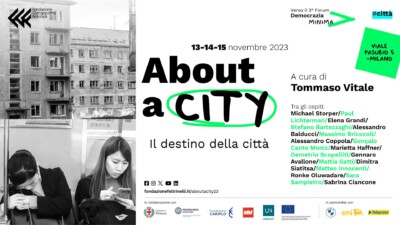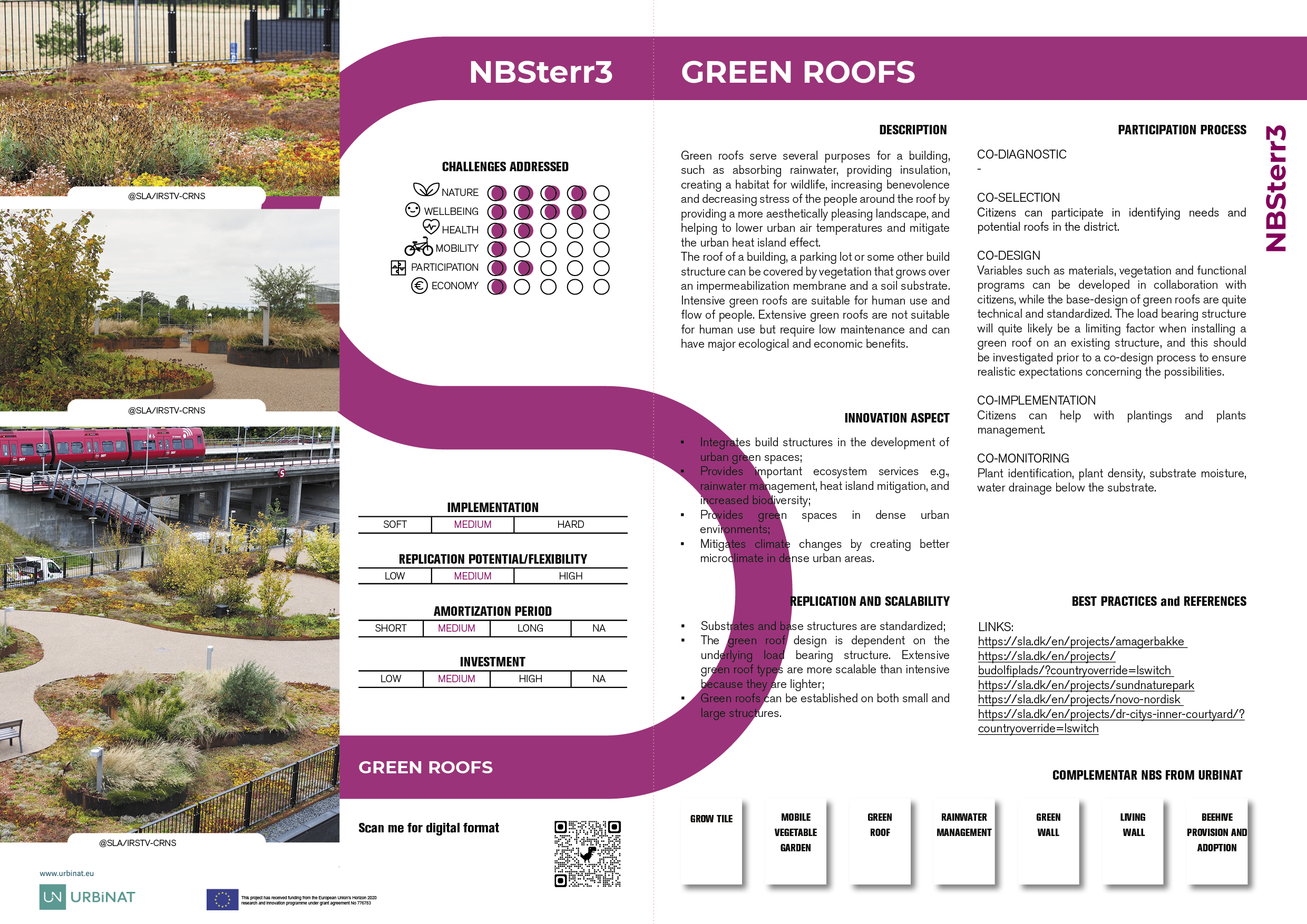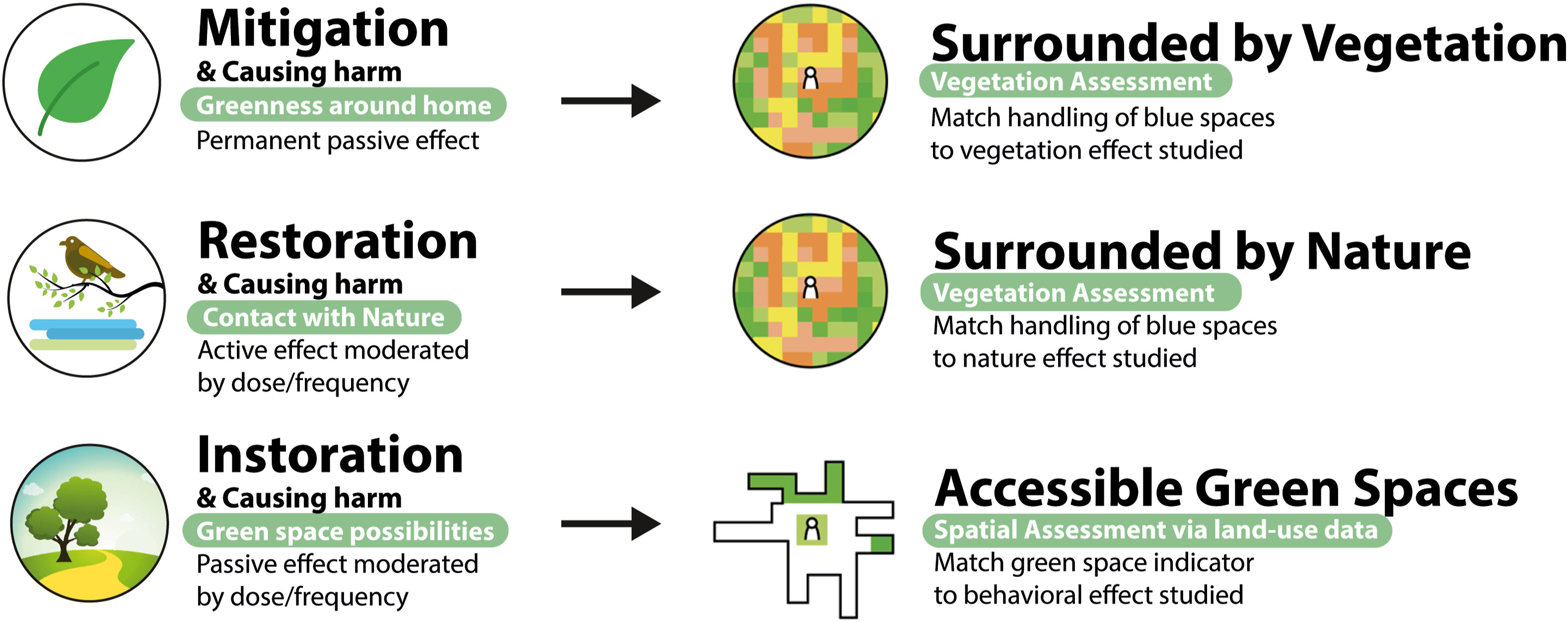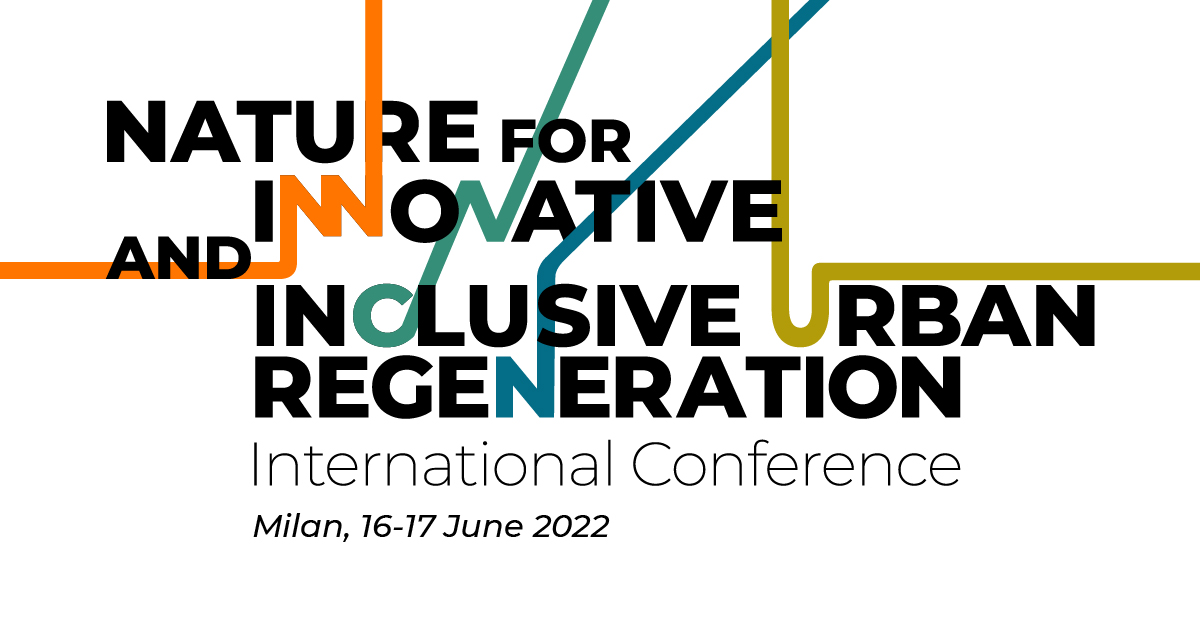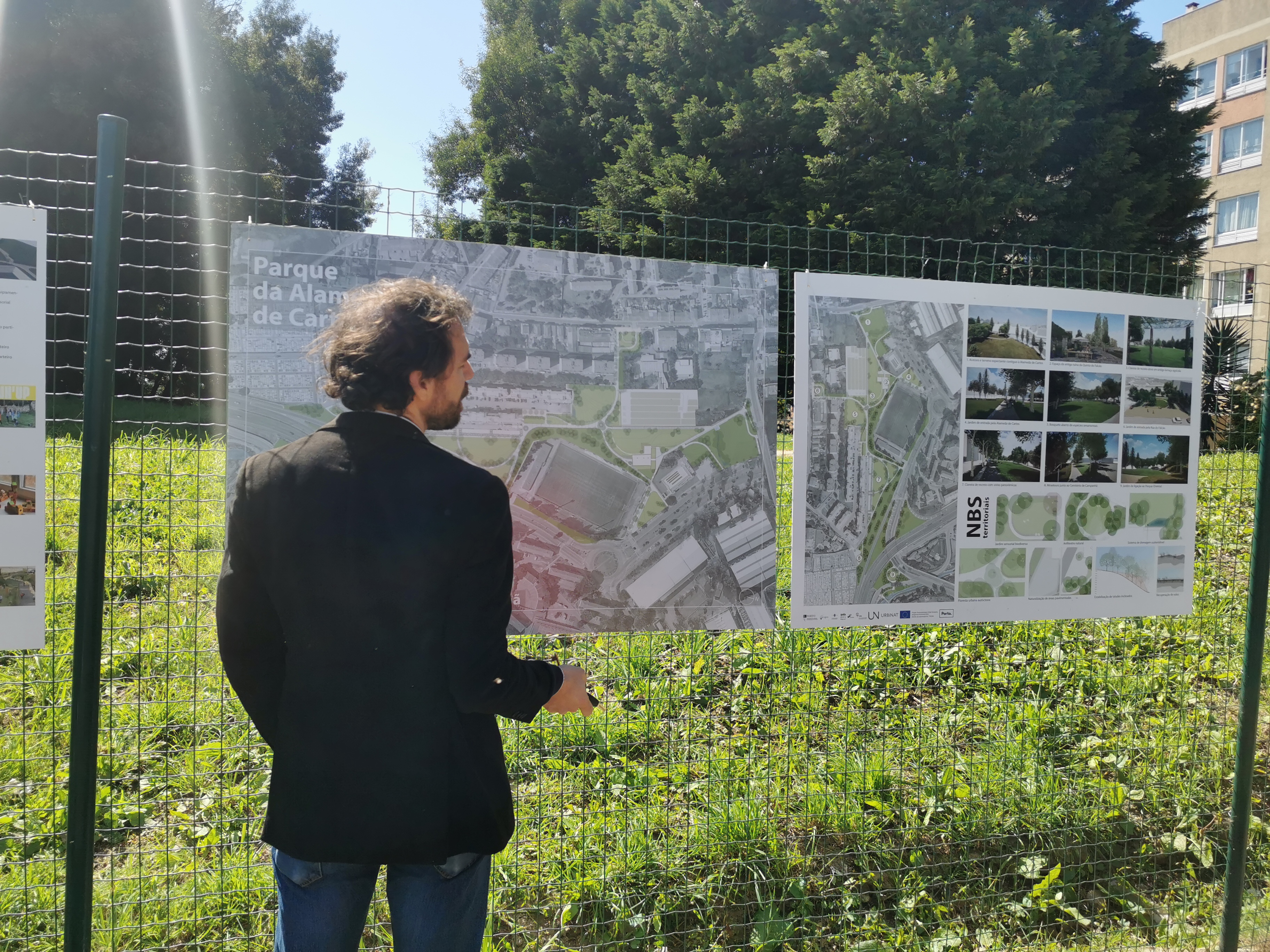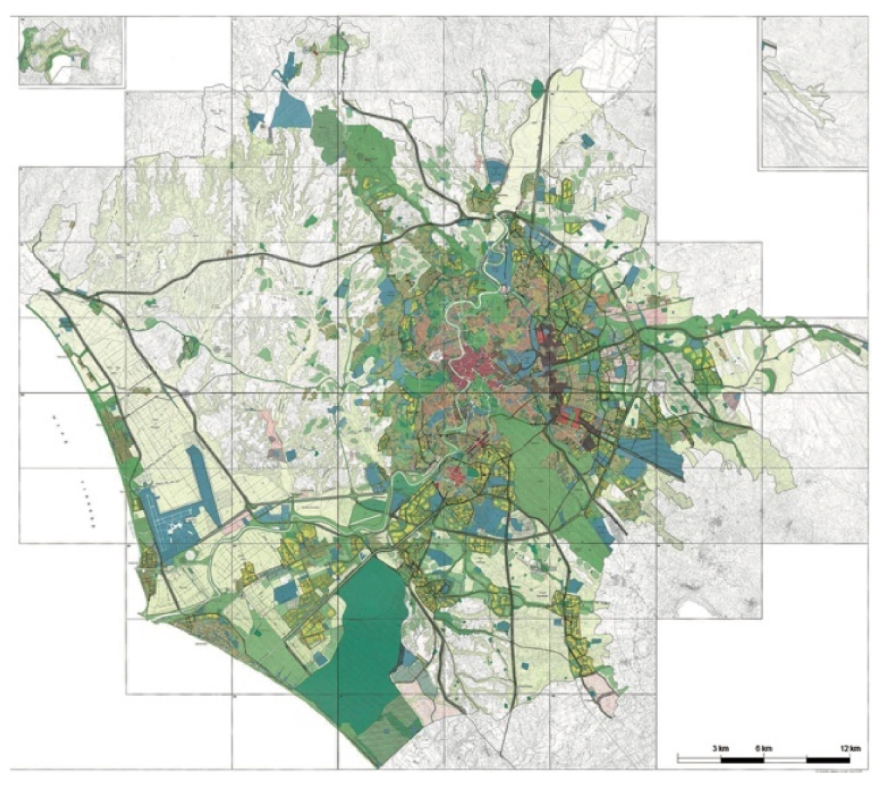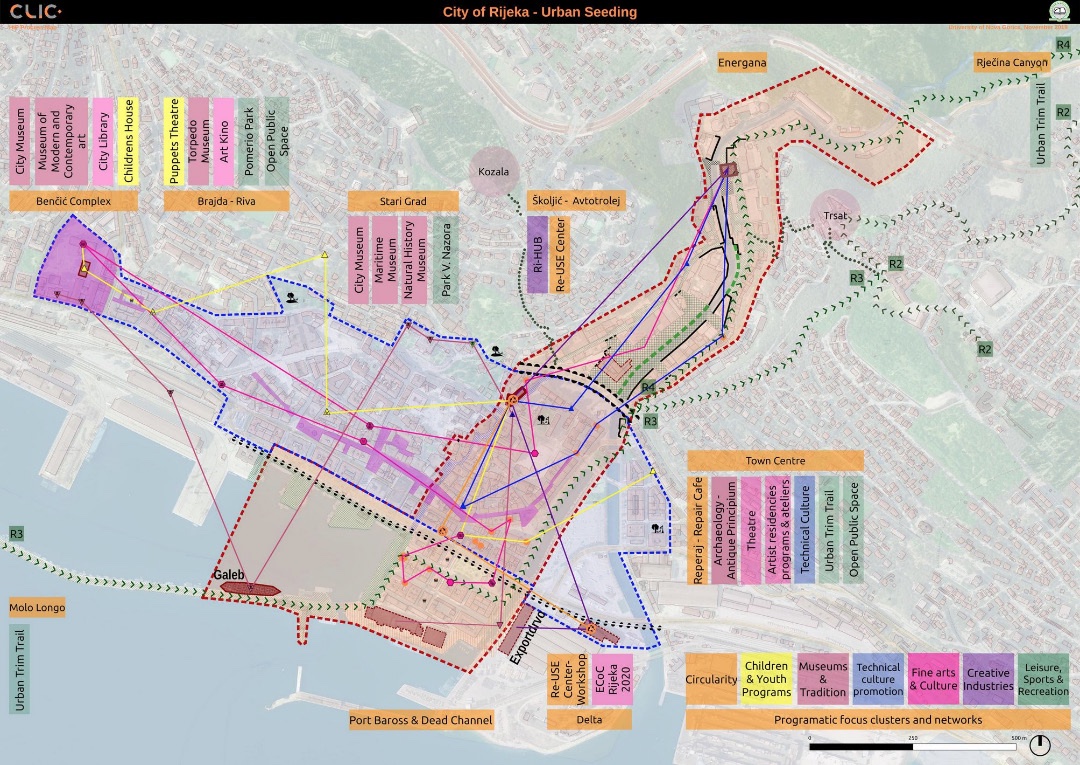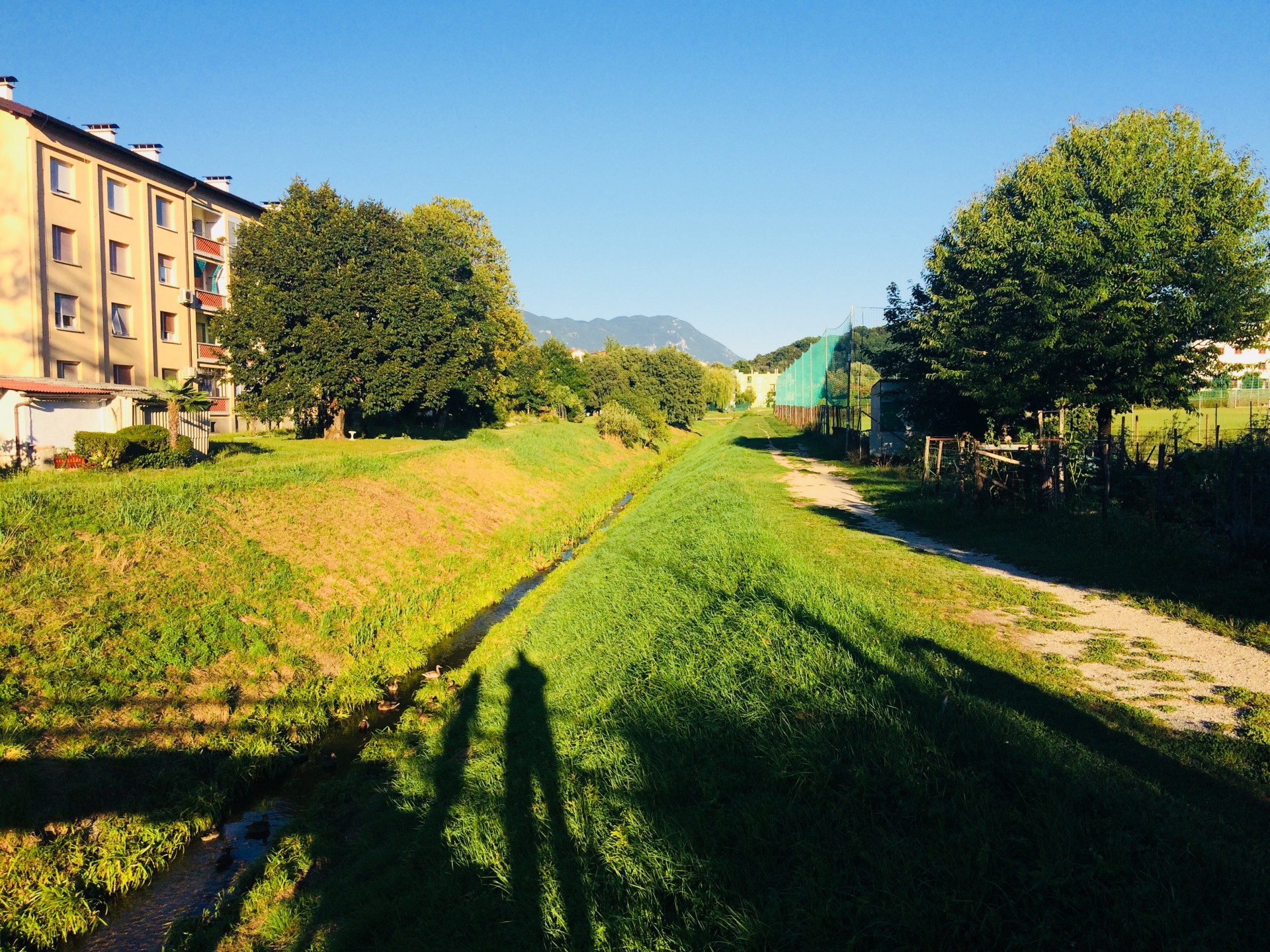Autochtonous Urban Forest
CHALLENGES ADDRESSED
Score impact
Nature
Wellbeing
Health
Mobility
Participation
Economy
DESCRIPTION
Urban woodland designed and managed according to ecological, aesthetic and economic principles. This NBS relies mostly on plant-based material, particularly on autochthonous vegetation. Plant species and habitat design should be chosen in accordance with local characteristics (climate, soil conditions, pollution levels, spatial needs and management capability). By using native vegetation its adaptation to the site is ensured, just like the performance in terms of water absorption and carbon fixation. Urban woodlands can help to raise social awareness towards ecological benefits of using autochthonous vegetation. At the same time, it contributes to sustainable development goals by promoting urban resilience to climate change and recreational opportunities.
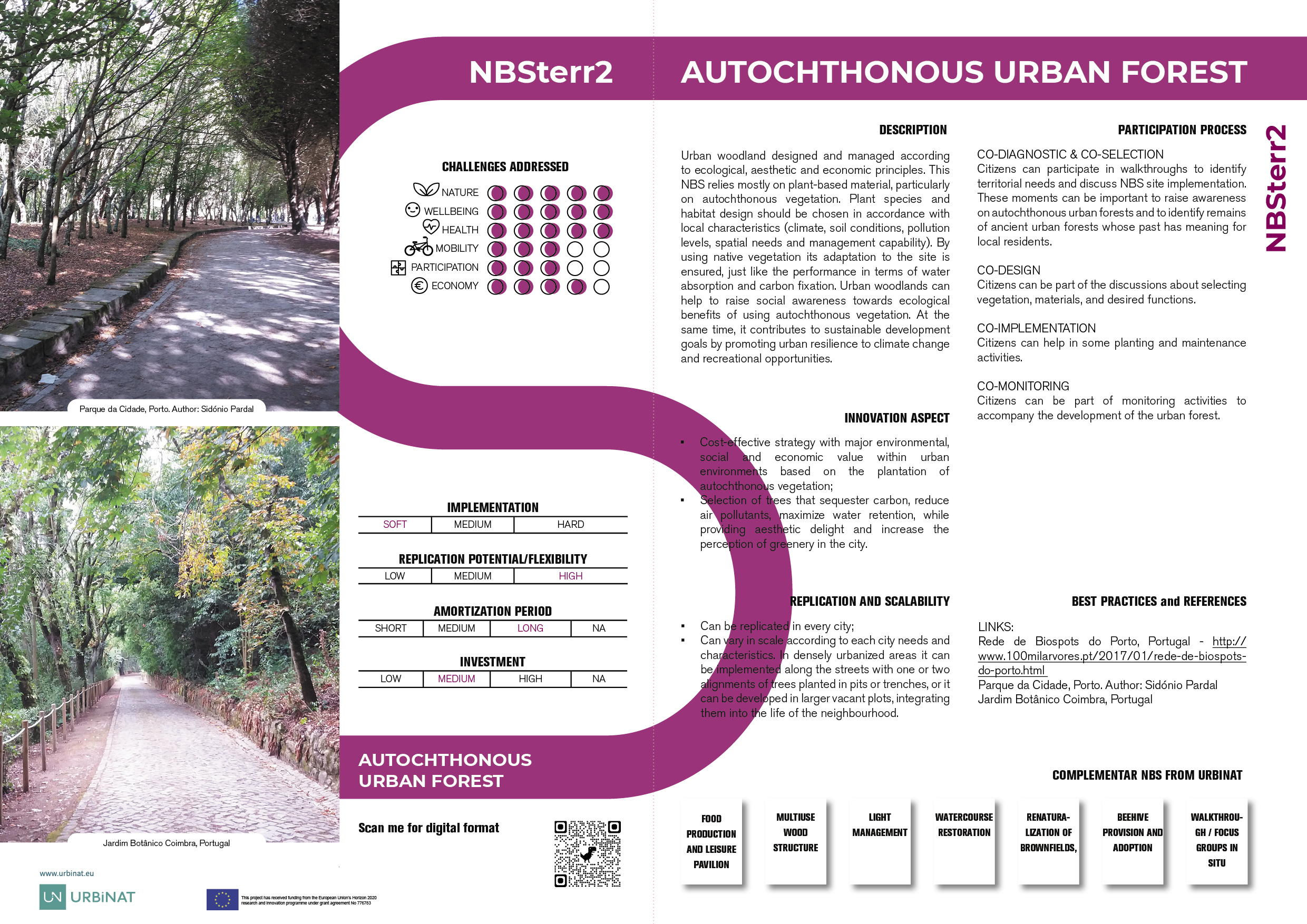
[Download PDF] Autochthonous Urban Forest
Urban woodland designed and managed according to ecological, aesthetic and economic principles. This NBS relies mostly on plant-based material, particularly on autochthonous vegetation. Plant species and habitat design should be chosen in accordance with local characteristics (climate, soil conditions, pollution levels, spatial needs and management capability). By using native vegetation its adaptation to the site is ensured, just like the performance in terms of water absorption and carbon fixation. Urban woodlands can help to raise social awareness towards ecological benefits of using autochthonous vegetation. At the same time, it contributes to sustainable development goals by promoting urban resilience to climate change and recreational opportunities.
INNOVATION ASPECT
- Cost-effective strategy with major environmental, social and economic value within urban environments based on the plantation of autochthonous vegetation;
- Selection of trees that sequester carbon, reduce air pollutants, maximize water retention, while providing aesthetic delight and increase the perception of greenery in the city.
REPLICATION AND SCALABILITY
- Can be replicated in every city;
- Can vary in scale according to each city needs andcharacteristics. In densely urbanized areas it can be implemented along the streets with one or two alignments of trees planted in pits or trenches, or it can be developed in larger vacant plots, integrating them into the life of the neighbourhood.
PARTICIPATION PROCESS

-
1
CO-DIAGNOSTIC & CO-SELECTION
Citizens can participate in walkthroughs to identify territorial needs and discuss NBS site implementation. These moments can be important to raise awareness on autochthonous urban forests and to identify remains of ancient urban forests whose past has meaning for local residents.
-
2
CO-DESIGN
Citizens can be part of the discussions about selecting vegetation, materials, and desired functions.
-
3
CO-IMPLEMENTATION
Citizens can help in some planting and maintenance activities.
-
4
CO-MONITORING
Citizens can be part of monitoring activities to accompany the development of the urban forest.
Best Practices and References
LINKS:
Rede de Biospots do Porto, Portugal
Parque da Cidade, Porto. Author: Sidónio Pardal Jardim Botânico Coimbra, Portugal



